Driving in Greece
Tips for the Road
- Greece follows the right-hand driving system.
- Typically on a roundabout in Greece, the “give way to the right” rule means the car entering has priority, but it’s important to observe any priority signs before entering, as traffic schemes can vary and may be that the vehicles already in the roundabout have right of way.
- Turning right on red is prohibited unless a separate green or blinking orange arrow signal permits it.
- Headlights must be used at night and in the day if the visibility is poor.
- Using mobile phones without a hands-free system is strictly prohibited.
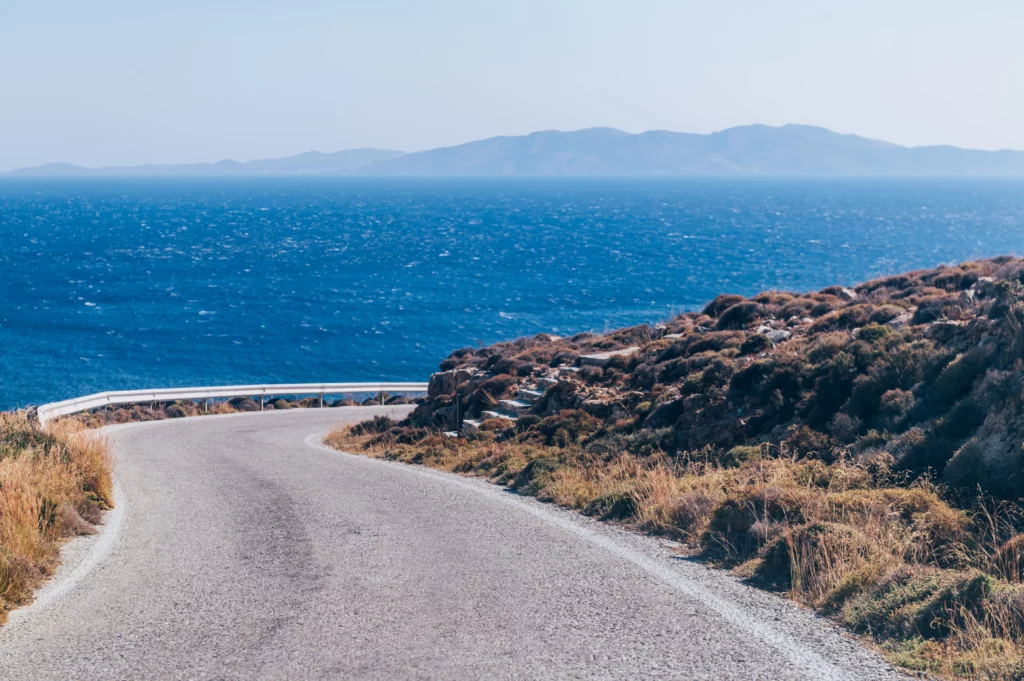
Road Types and Speed Limits
- Speed Limit: Typically 130 km/h (81 mph), but can be lower in certain areas or during adverse weather conditions.
- Characteristics: Greece's motorways are the primary high-speed routes connecting major cities. A toll is often required. Services like fuel stations and dining are available at rest stops.
- Speed Limit: Usually 90 km/h (56 mph) to 110 km/h (68 mph), but specific limits apply depending on the road and area.
- Characteristics: National roads are essential for connecting cities and regions across the country, often requiring a toll, and provide scenic views.
- Speed Limit: Typically ranges from 80 km/h (50 mph) to 90 km/h (56 mph), subject to local regulations.
- Characteristics: Provincial roads link smaller towns and are usually free of tolls, offering a closer view of the Greek countryside
- Speed Limit: Varies greatly, usually between 50 km/h (31 mph) and 70 km/h (43 mph).
- Characteristics: These roads connect agricultural areas and villages, often with fewer amenities and services.
- Speed Limit: Generally 50 km/h (31 mph) within city limits, but can be as low as 30 km/h (19 mph) in residential areas.
- Characteristics: Urban roads take you through cities and towns, handling the majority of local traffic.
Greece's highways operate on a distance-based toll system. Drivers collect a ticket upon entering the highway and pay the toll amount corresponding to the distance traveled when exiting. Payment methods at toll booths include cash and credit cards. For a more streamlined process, Greece offers an electronic toll service known as e-PASS. This service allows drivers to pass through toll booths via special lanes without stopping, as toll amounts are automatically charged to the device. Drivers can acquire an e-PASS through service centers across the country or sign up for one online.
In Greece, especially in Athens, there are Restricted Traffic Zones or "Daktylios," where access is limited to reduce traffic and pollution. Cars with odd or even license plate numbers are allowed into these zones on alternate days. Limited Traffic Zones are also in place in historic and tourist areas, mainly allowing only residents and authorized vehicles. These restrictions are enforced during specific hours on weekdays, and signs indicate the rules.
- Motorway A1 (Pathe Motorway): Greece's vital motorway connecting Athens to Thessaloniki and continuing towards the border with North Macedonia.
- Motorway A2 (Egnatia Odos): A significant transverse route that stretches from the Ionian Sea to the Turkish border, traversing Northern Greece and linking major cities and ports.
- Motorway A6 (Attiki Odos): A modern ring road providing fast travel around Athens, connecting multiple motorways and easing access to the Athens International Airport.
- Motorway A7 (Moreas Motorway): Links the region of Peloponnese with the rest of Greece, running from Corinth to Kalamata, with a branch to Tripoli.
- Motorway A8 (Olympia Odos): Connects Athens to Patras, the third-largest city in Greece, improving the connection between the Peloponnese and mainland Greece.
- National Road 1 (Ethniki Odos 1): An older but significant route running parallel to the A1 Motorway, connecting Athens and Thessaloniki with several historical and tourist destinations along the way.
- National Road 90 (VOAK): The north-south axis on the island of Crete, ensuring connectivity across the island, from Chania through Heraklion to Sitia.
Top City Destinations
Crete
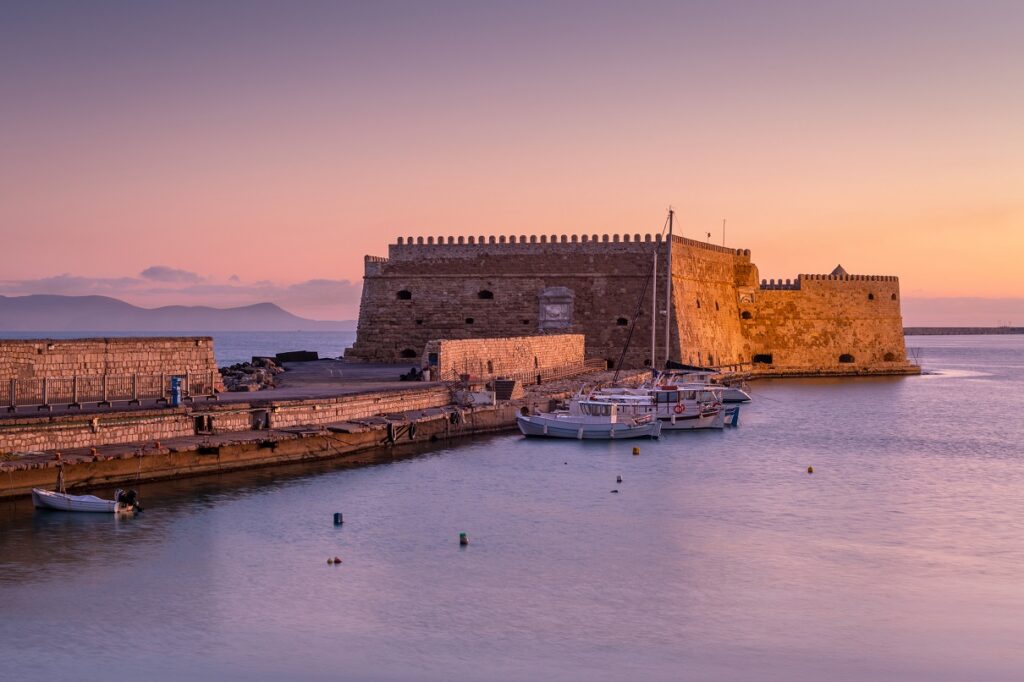
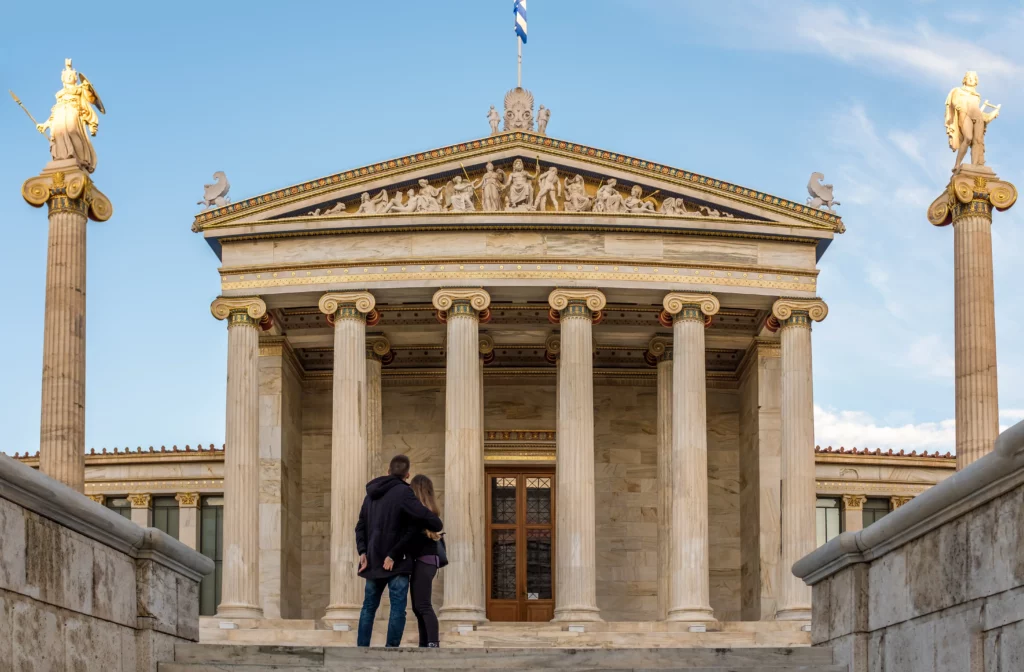
Athens
Athens, the cradle of Western civilization, where ancient history meets modern vitality. Dominating the city’s skyline, the iconic Acropolis, crowned with the Parthenon and other timeless temples, stands as a testament to Athenian civilization. At night, the Acropolis is lit up creating a mesmerizing sight. Head to Mount Lycabettus, which can be reached by a funicular railway or a scenic hike for a spectacular view of the city. Dive into Greek culture with interactive cooking classes, or discover cutting-edge art through guided tours. The Acropolis Museum and the National Archaeological Museum are must-visit destinations, showcasing Greece’s historical treasures.Grab a meal at a trendy rooftop restaurant,and enjoy Greek dishes against the ancient backdrop of the city’s monuments.
Thessaloniki
Greece’s cultural melting pot, Thessaloniki, has a rich Byzantine history evident in its well-preserved architecture and historical sites. Known for its festivals, from film to art and book fairs, it’s a hub for creatives and thinkers alike. Dive into the local lore at the Rotunda, a mausoleum turned church turned mosque, symbolizing the city’s layered history. Thessaloniki’s waterfront, with its iconic White Tower, invites leisurely day strolls along the Thermaic Gulf. Sample a bougatsa, a custard-filled pastry, from a street-side vendor. Explore the Modiano Market, where you will find spices, fresh produce, and the buzz of daily Greek life. For an unusual experience, visit the Crypt of Agios Demetrios, where whispers of the patron saint’s miracles mingle with the earthy scent of myrrh.
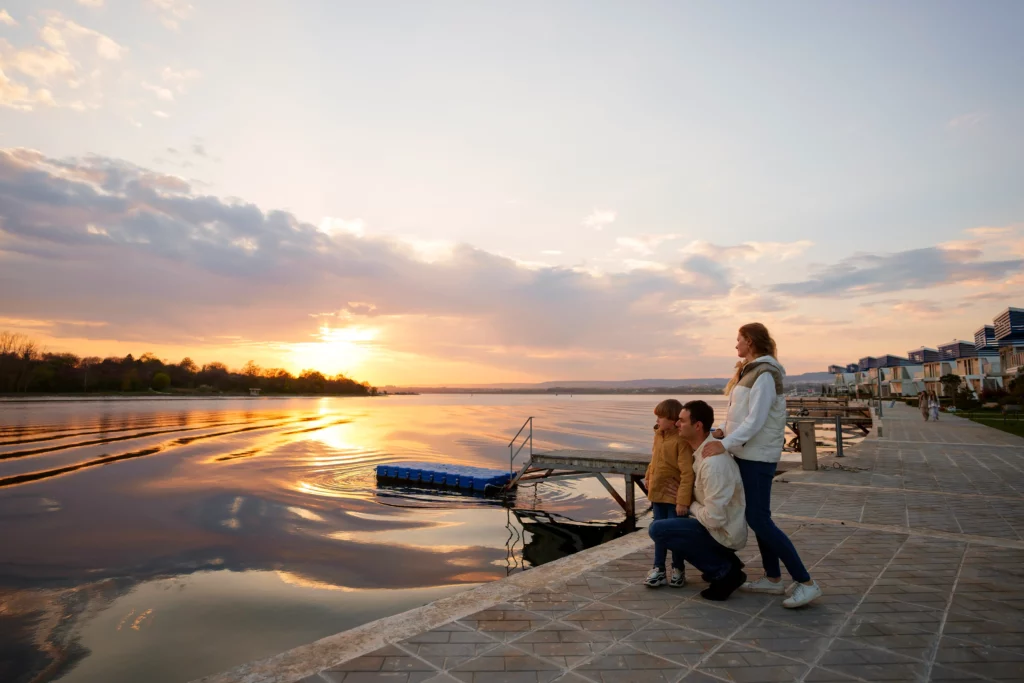
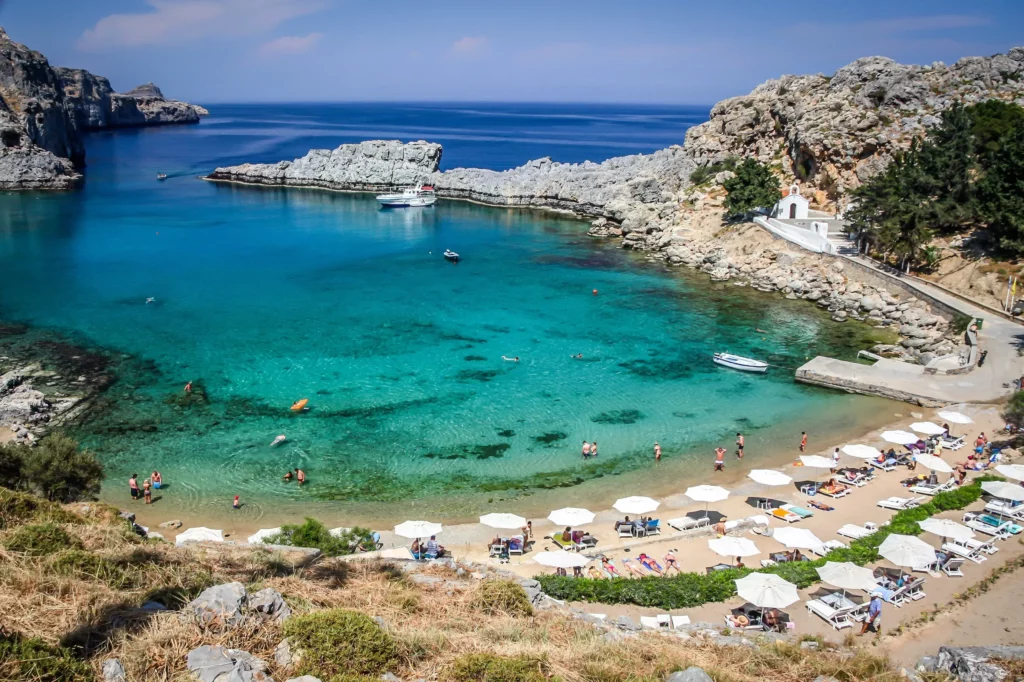
Rhodes
Rhodes, the island escape of the Dodecanese, captivates with its historical allure. Step into the Old Town and wander through the maze of its cobblestone streets to discover the Palace of the Grand Master, a citadel from the times of knights. If you’re a nature lover don’t miss a visit to the Valley of the Butterflies, where you can unwind amidst over 500 species of butterflies in a lush natural reserve. Enjoy the island’s crystal-clear waters which offer a variety of water sports, from windsurfing to scuba diving. Try the local specialty melekouni, a sweet combination of sesame and honey, in the cozy cafes that dot the winding alleys.
Kavala
Perched on a hill, Kavala is often called “the blue city” for its clear waters and skies. This place clings to its tobacco legacy with old storerooms now buzzing as museums and cultural hotspots. For a dose of history, climb the Kamares Aqueduct or delve into the ancient secrets of the Neolithic settlement at Dikili Tash. The city’s castle is a must-visit with incredible views. When you’re ready to relax, the beaches offer a sweet spot for a swim. And if you’re around in summer, the Philippi Festival is the ticket to see drama and music under the stars. Cap off the day with fresh seafood at a taverna, soaking up Kavala’s vibrant night scene.


Nafplio
Nafplio is often dubbed Greece’s prettiest town. Wander through the romantic old town, where the Venetian architecture and neoclassical charm beckon. The Palamidi Castle, perched high on a hill, offers a workout with its 999 steps. Visit Nafplio’s War Museum for an interactive dive into Greece’s military heritage. Be sure to hit up a local distillery, which are hotspots for spirit enthusiasts, offering a behind-the-scenes look at how local ingredients are transformed into smooth ouzo and fiery tsipouro. Lastly, don’t miss the opportunity to stroll along the picturesque seafront, where the beauty of the Aegean unfolds and the gentle lapping of the waves against the shore provides a tranquil backdrop to this enchanting town.
Santorini
Santorini, with its signature white-washed buildings and cobalt-blue domes clinging to the cliffs, is a unique emblem of the Greek islands. It houses boutique hotels and spa retreats offering world-class amenities. Explore the ruins of Akrotiri to marvel at an ancient city preserved in volcanic ash, and make sure to view Oia’s unforgettable sunset that bathes the sky in vibrant colors. For a bit of adventure, take a catamaran cruise around the caldera, indulging in the luxurious experience of sailing the Aegean with a glass of local wine in hand. Relax on Santorini’s unique black sand beaches, the perfect spot to enjoy the sun and sea.

